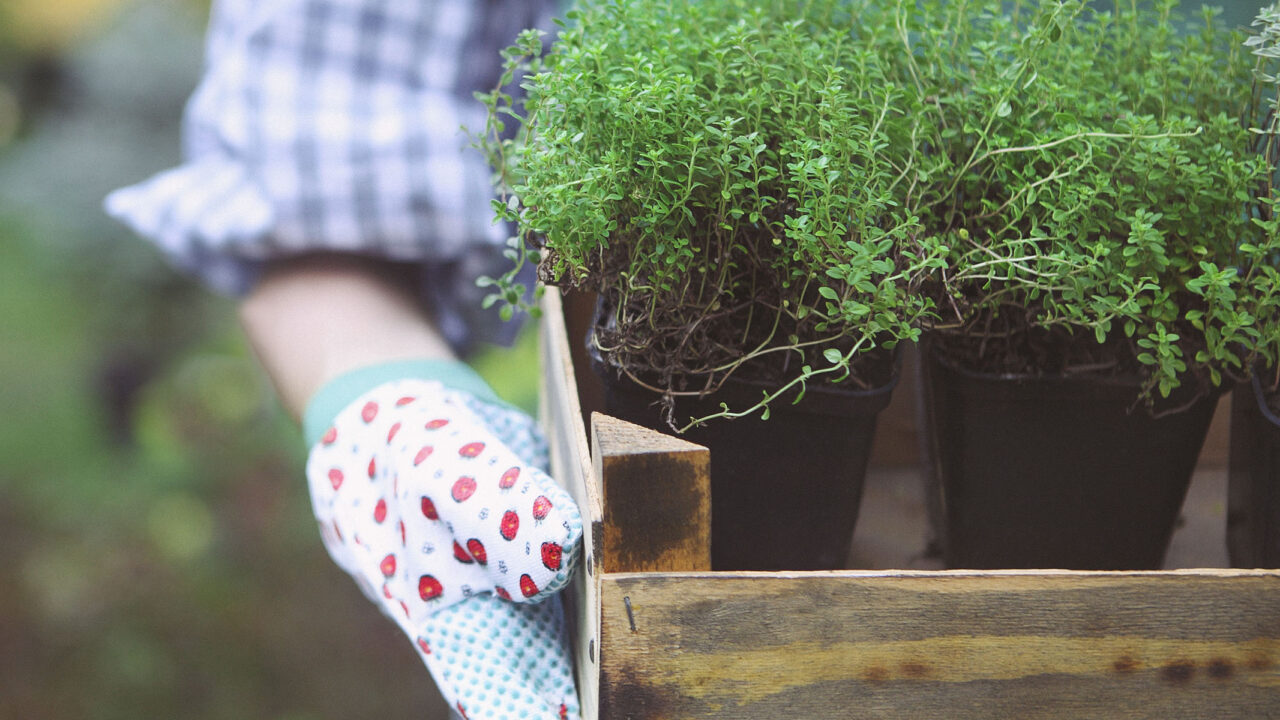Characteristics
| Hardiness zone | 4a |
|---|---|
| Foliage type | evergreen |
| Plant form | mounded |
| Mature height | 8 inches |
| Spread | 12 inches |
| Light requirements | partial shade to shade |
| Moisture requirements | average to wet |
| Plant origin | import |
Houston's favorite garden center devoted to Texas native plants and organic gardening.
Botanical name: Carex glauca
A low maintenance and drought tolerant selection that features beautiful arching blue-green foliage; slow spreading, mounded habit; excellent addition to borders, rock gardens, or edging around ponds and streams.
Other names: Carex flacca
| Hardiness zone | 4a |
|---|---|
| Foliage type | evergreen |
| Plant form | mounded |
| Mature height | 8 inches |
| Spread | 12 inches |
| Light requirements | partial shade to shade |
| Moisture requirements | average to wet |
| Plant origin | import |
Blue Sedge's attractive grassy leaves remain steel blue in color throughout the year. Neither the flowers nor the fruit are ornamentally significant.
Blue Sedge is a dense herbaceous evergreen perennial grass with a mounded form. It brings an extremely fine and delicate texture to the garden composition and should be used to full effect.
This is a relatively low maintenance plant, and is best cleaned up in early spring before it resumes active growth for the season. It has no significant negative characteristics.
Blue Sedge is recommended for the following landscape applications;
Mass Planting, Border Edging, General Garden Use, Groundcover
Blue Sedge will grow to be about 8 inches tall at maturity, with a spread of 12 inches. Its foliage tends to remain low and dense right to the ground. It grows at a slow rate, and under ideal conditions can be expected to live for approximately 10 years.
This plant does best in partial shade to shade. It is quite adaptable, prefering to grow in average to wet conditions, and will even tolerate some standing water. It is not particular as to soil type or pH. It is somewhat tolerant of urban pollution. Consider applying a thick mulch around the root zone in both summer and winter to conserve soil moisture and protect it in exposed locations or colder microclimates. This species is not originally from North America. It can be propagated by division.
